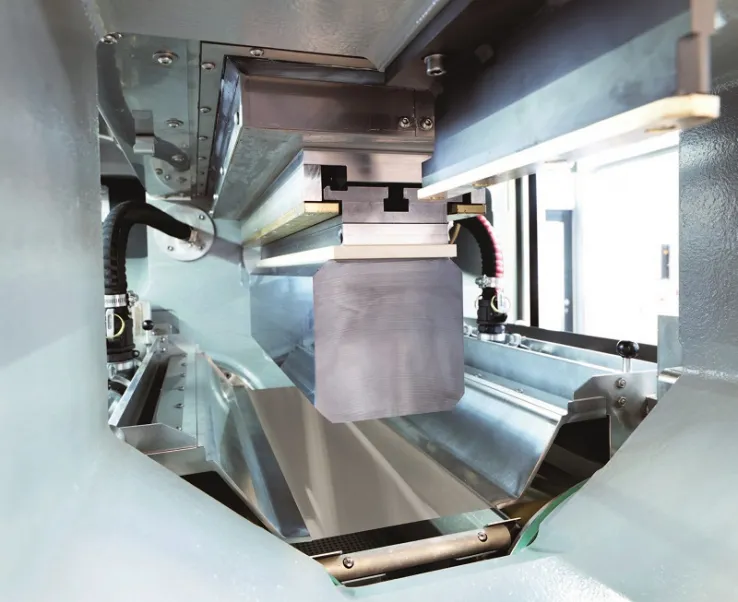Thinner silicon wafer is urgent question again
- Lower prices for polycrystalline silicon have turned interest from poly-Si consumption minimization. However, the latest study shows that, with account to modern technologies, slimming wafers can be crucial for cost reduction and is worth attention again.

A scientific group from U.S.’s NREL and MIT states that solar wafer thickness reduction from 160 to 50 micrometers can lead to considerable cost reduction, and that the existing techs can cope with the issues associated with production and processing of extra-thin silicon.
The concept of consuming less Si appeared a few years ago. About three years ago, it became possible due to the technique of diamond wire cutting. However, as the material has become less expensive, the researchers have shifted to other ways to further reduce solar device prices.
But the recent research shows that most of alternative options have been used up and now it is high time to concentrate on wafer thinning again. According to the scientists, conversion efficiency has a potential of just several per cent improvement, so further optimization should be focused on silicon thickness.
The American group claims that a greater number of thin wafers can be produced from a single ingot, thus decreasing the cost and maximizing the production capacity with no need to construct more manufacturing fabs.
There is a particular difficulty associated with wafer thinning: a wafer thinner 160 micrometers become fragile. According to the MIT team, the currently available technologies allow decreasing the thickness to 100 micrometers. Moreover, the prospective innovative techs are expected to make it possible to further thin it down to 15 micrometers.
1366 Technologies Inc. has developed direct wafer technology, allowing wafer production from molten Si directly instead of cutting it from large ingots. Due to this solution, wafers can be manufactured a little thicker at some points, which makes them less breakable.
Also read


